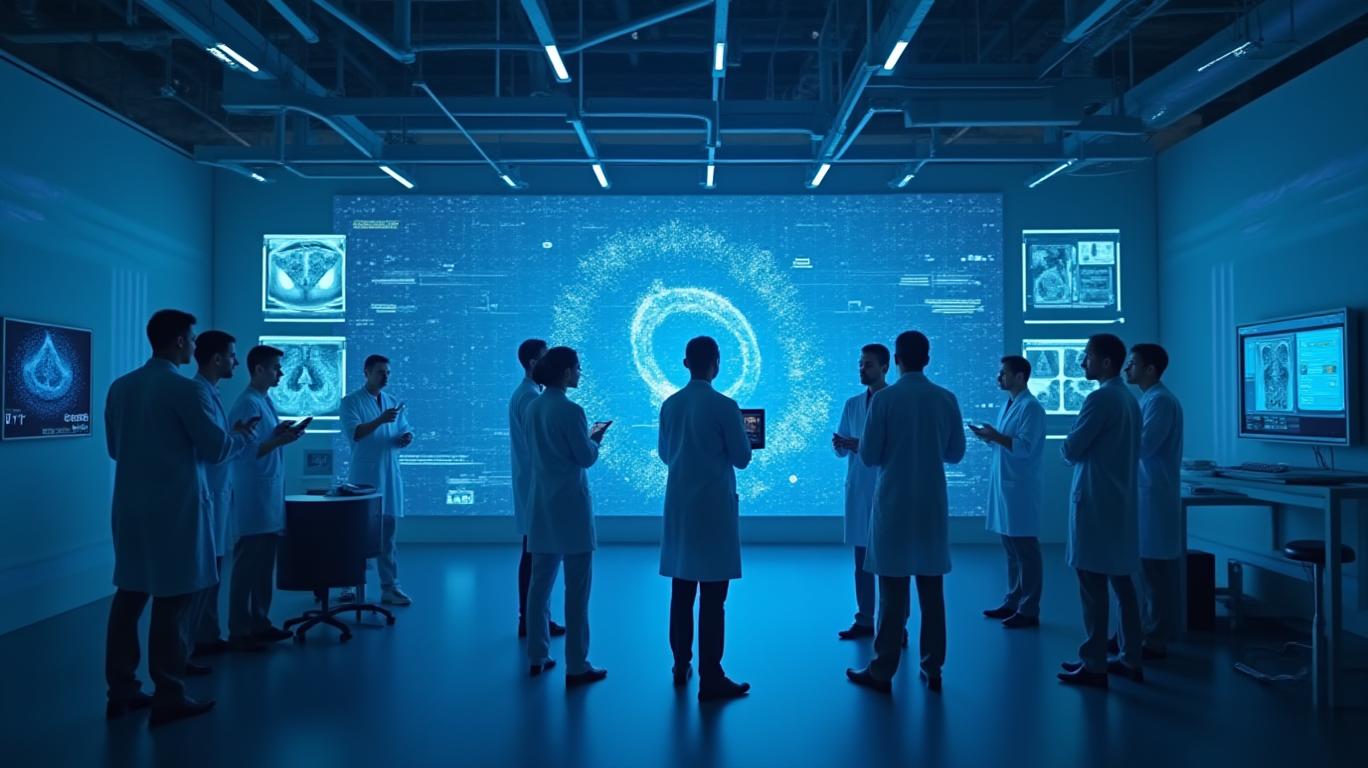Revolutionizing Radiology Workflows: Sectra and Siemens Healthineers Team Up for Seamless Integration
Monday, Feb 24, 2025 3:00 am ET
In the rapidly evolving landscape of medical technology, two industry giants, Sectra and Siemens Healthineers, have joined forces to revolutionize radiology workflows. Their collaboration aims to improve patient care by enabling seamless integration across systems, a move that promises to enhance diagnostic capabilities and streamline workflows for radiologists worldwide.

Sectra, a Swedish-based technology company specializing in medical imaging IT and cybersecurity, has integrated Siemens Healthineers' NAEOTOM Alpha class photon-counting CT (PCCT) images within its diagnostic application for radiology. This integration allows radiologists to access and post-process PCCT images without switching to a separate application or workstation, saving time and reducing manual effort (Sectra, 2025).
Moreover, the partnership empowers radiologists using Sectra's PACS to utilize Siemens Healthineers' toolset for spectral post-processing. This enables them to make a diagnostic assessment fully integrated at the place of reading, without adding data management complexities (Siemens Healthineers, 2025). By unlocking the full diagnostic potential within every photon-counting CT scan, radiologists can make more confident and precise decisions, ultimately leading to faster and more accurate diagnoses, improved patient outcomes, and better care (Siemens Healthineers, 2025).
The collaboration between Sectra and Siemens Healthineers not only drives clinical adoption of new technologies in healthcare but also helps reduce the enormous workload in hospitals. By streamlining workflows and enhancing diagnostic capabilities, the integration enables radiologists to work more efficiently, even in the face of increasing workloads and a shortage of radiologists (Sectra, 2025).

In conclusion, the partnership between Sectra and Siemens Healthineers represents a significant step forward in enhancing radiology workflows and improving patient care. By integrating advanced imaging technologies into existing workflows and enhancing diagnostic capabilities, the collaboration drives clinical adoption of new technologies in healthcare and reduces workload in hospitals. As the healthcare industry continues to evolve, such innovative partnerships will be crucial in shaping the future of medical imaging and patient care.

_b905d9341749265671656.jpg)







